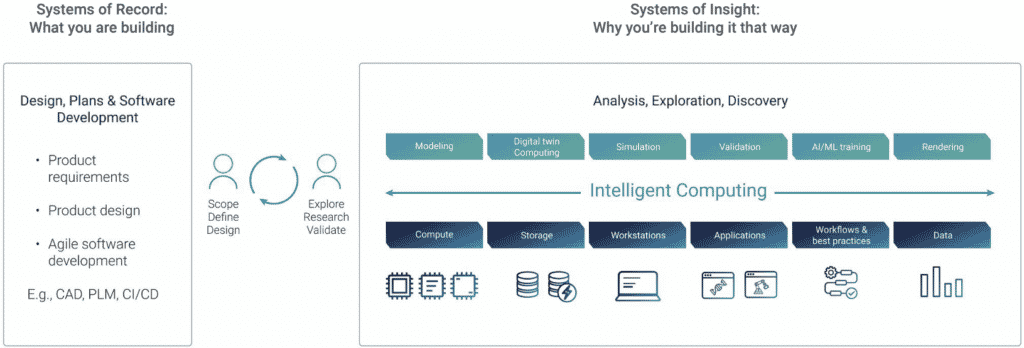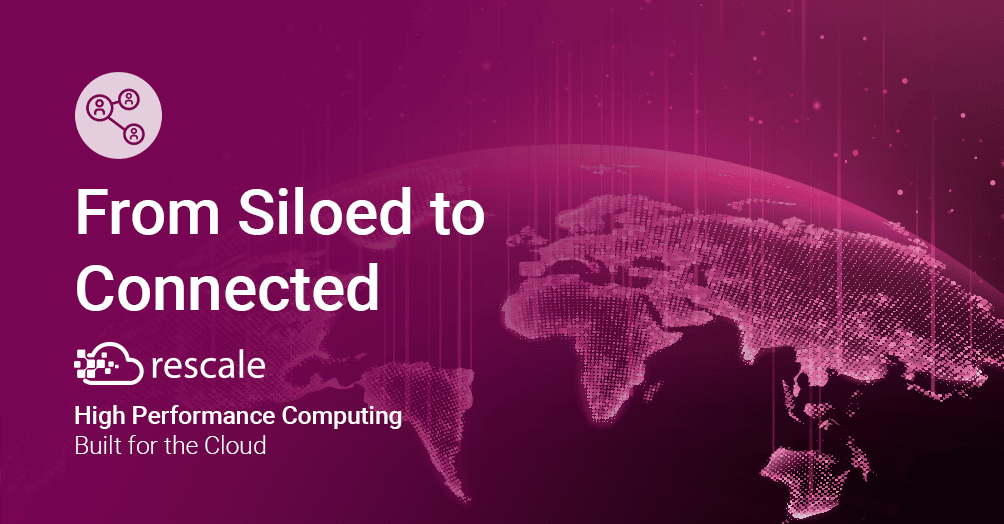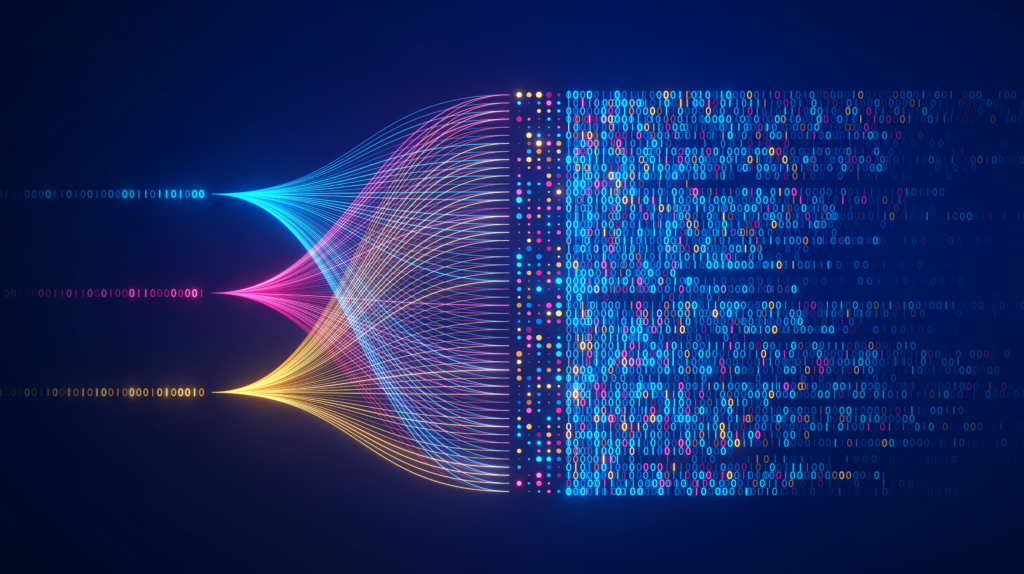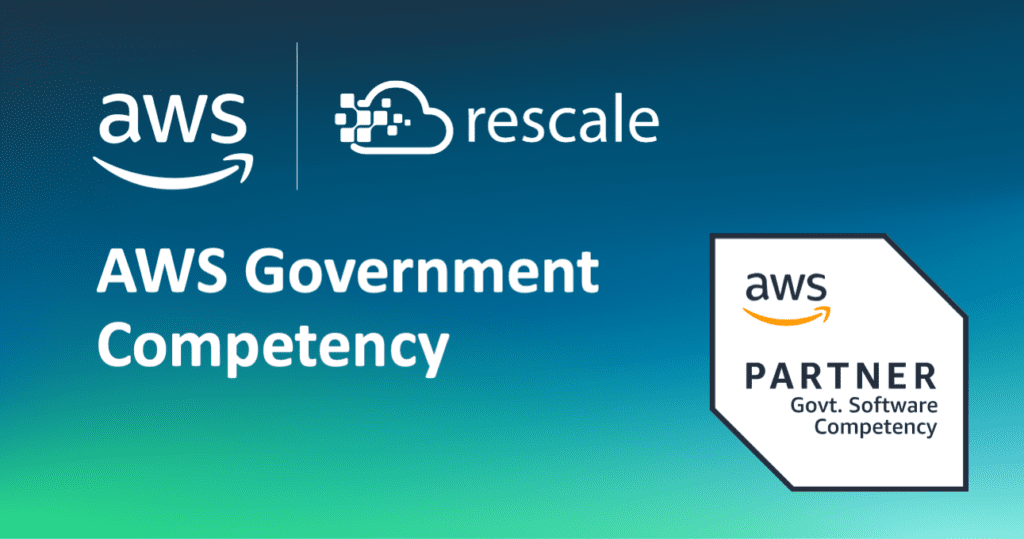5 Winning Strategies to Accelerate Engineering: Cloud HPC is connected (Part 3 of 5)
- Editors note: This post is the introduction to a 6 part blog series. Read the full report here.
3. The Five Winning Strategies: From Siloed to Connected
Traditional HPC is Siloed
Because traditional HPC approaches are based on tightly-coupled and bespoke technology stacks, and focus on driving high utilization of expensive computing infrastructure, there is typically little consideration for data sharing, collaboration, or integration with other systems.
The result is that organizations that have invested in HPC may find themselves with several islands of analysis – individual teams with their own HPC infrastructure, applications, data, and tools that are not easily accessible by others. This makes disseminating best practices impractical, and inhibits any digital transformation efforts toward engineering and R&D modernization.
HPC Built for the Cloud is Connected
A built-for-the-cloud approach starts with recognizing the inherently connected nature of cloud, and fully exploits this property to drive improvements in standardization, engineering velocity, collaboration and performance optimization.
In a highly connected environment, best practices including templates, saved workflows, and policy controls can be applied across the organization, and across multiple business units. Policy changes (e.g., using new software versions or new architectures) can be put into effect instantaneously.
A highly connected environment can also drive significant engineering velocity improvements by immediately invoking any resource required by an engineer’s tasks. For example, an engineer looking to perform a simulation or rendering work can instantly access all the compute, storage, or virtual desktop infrastructure they need, along with application, data, and workflow templates. With all data sitting on a unified storage fabric, the results can be instantly shared with other users, also in the same connected HPC environment.

Rescale provides intelligent computing that integrates multiple systems of computing, storage, applications, data, and workflows that support the entire engineering life cycle. The result is unifying the islands of analysis and accelerating engineering velocity.









